Investigating the Atmosphere with UAV Technology and the Lighting Passport smart phone spectrometer
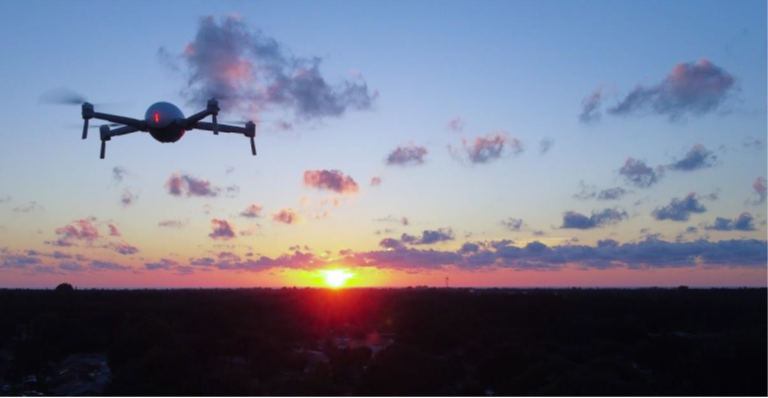
Figure 1: Sunset over the Gulf of Mexico documented by a Power Egg X unmanned aerial system
Recently I’ve been using drones to monitor the atmosphere. We even have a waterproof drone that is capable of flying in the rain and other extreme conditions. The Power Egg X can fly in up to 22 knots of wind as well.
Practicing with these types of drones has proved very valuable for our academic research as well. These devices are incredible for collecting observations and documenting landscapes and the different atmospheric conditions. Every evening I photograph the sunset over the Gulf of Mexico from about 300 feet above ground level, and have now captured some great pictures. Soon it will be hurricane season in Florida and the sunset will look much different. These pictures were taken with the Power Egg X from my house looking west into the Gulf of Mexico.
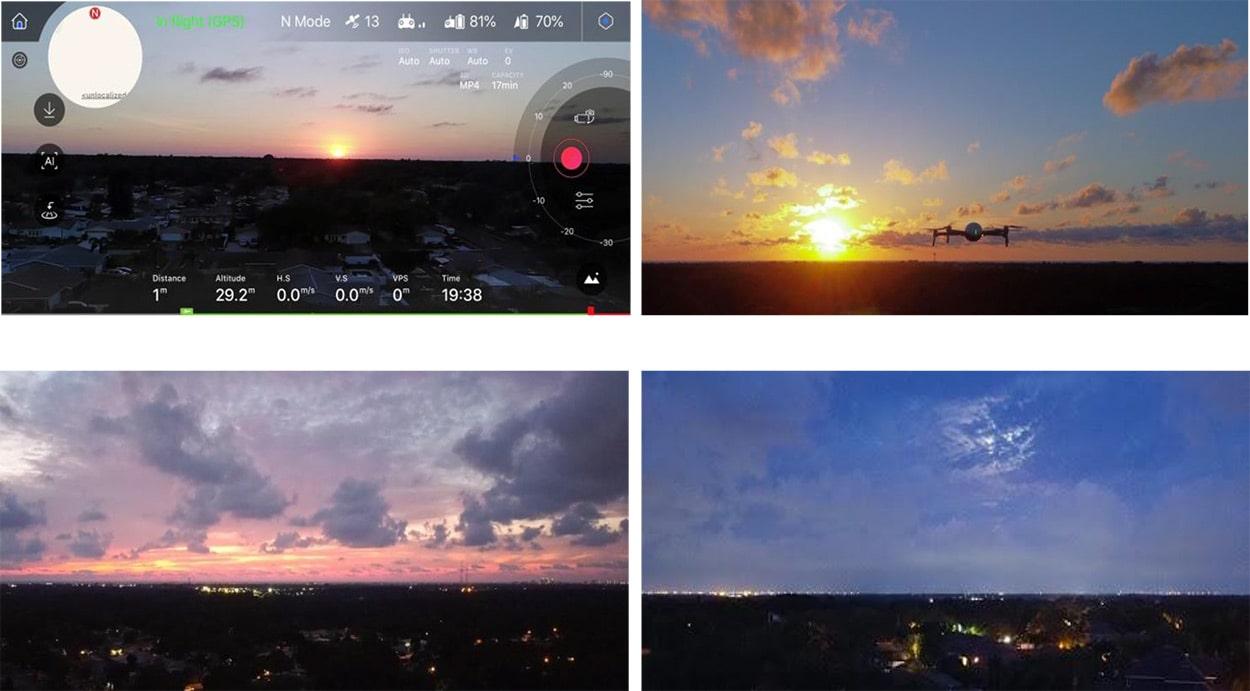
Figure 2: Power Egg X flights used to document the atmosphere
Due to the inclination of the Earth and the sunlight transmitting much further through the atmosphere during sunrise and sunset, the far red photons transmit through the atmosphere and onto the Earth’s surface most efficiently. “More atmosphere means more molecules to scatter the violet and blue light away from your eyes. If the path is long enough, all of the blue and violet light scatters out of your line of sight. The other colors continue on their way to your eyes. This is why sunsets are often yellow, orange, and red".
Weather and Climate Basics explains that: “The air in our atmosphere is composed of molecules of different gases. The most common gases are nitrogen (78%), oxygen (about 21%), and argon (almost 1%). Other molecules are present in the atmosphere as well, but in very small quantities".
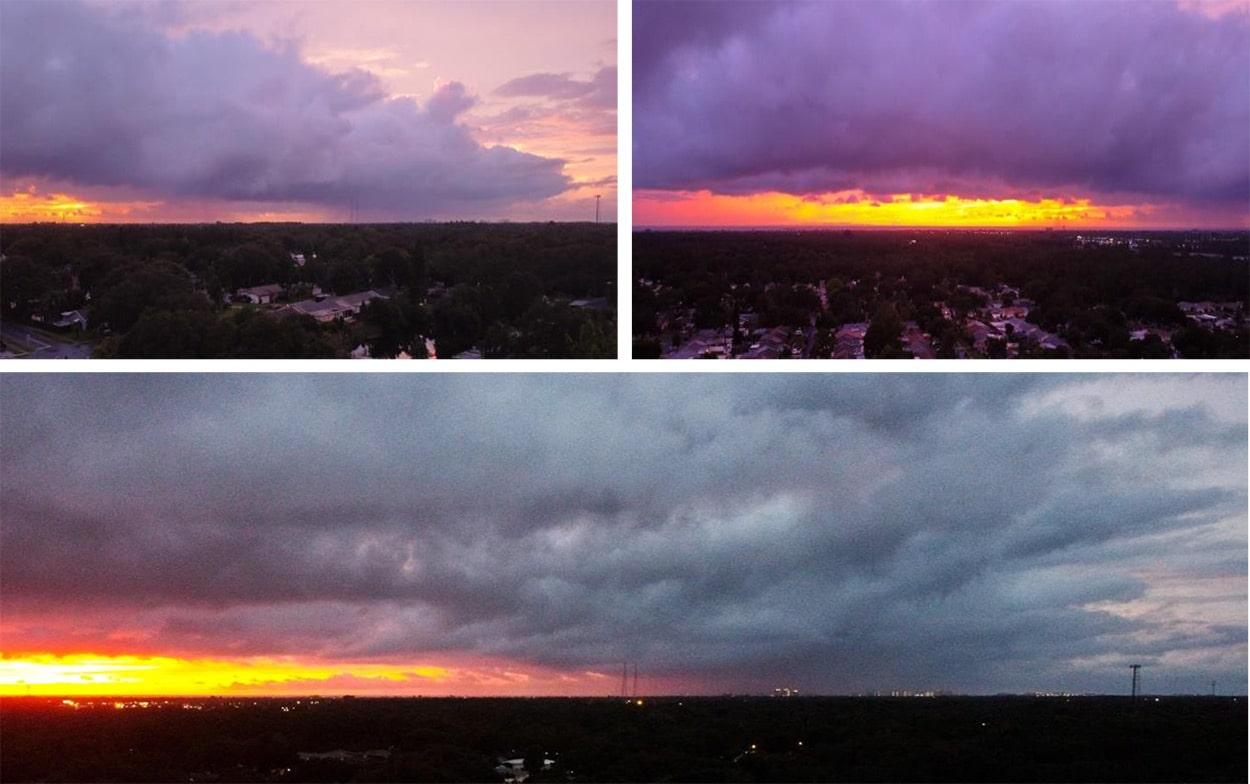
Figure 3: Power Egg X flights used to document the atmosphere during mild rain showers
Far red illumination is an important wavelength to monitor when observing the sunset. We are using the Lighting Passport smart phone spectrometer from Allied Scientific Pro to take measurements of natural lighting in several environments. The far red (735nanometer) of the spectrum transmits through the atmosphere, where the other colors get absorbed and scattered by the oxygen and nitrogen molecules in the atmosphere first as it gets dark. After the sun sets below the horizon the remaining light is called the twilight, which may last for 15 minutes.
Here is a great twilight from Jaco zero meters in altitude where significant portions of the orange, red and far red photons transmit through the atmosphere and create a brilliant display of majestic color. This is a twilight shot from Costa Rica and Japan both at sea level.
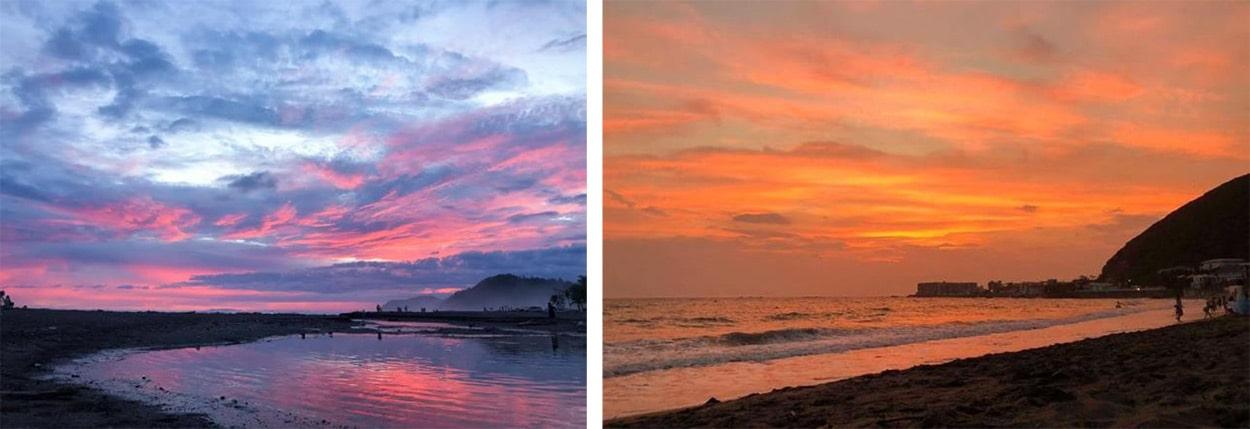
Figure 4: Twilight from Pacific shoreline of Costa Rica & Twilight from Pacific shoreline of Japan
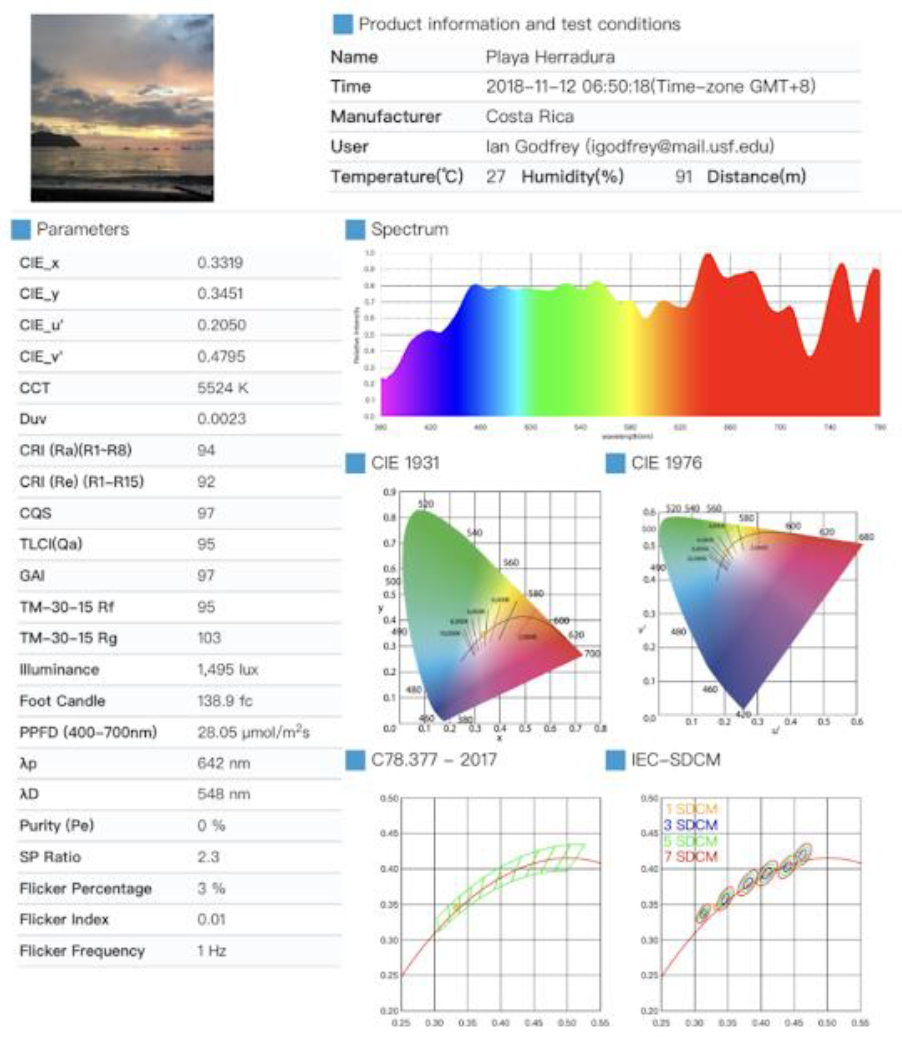
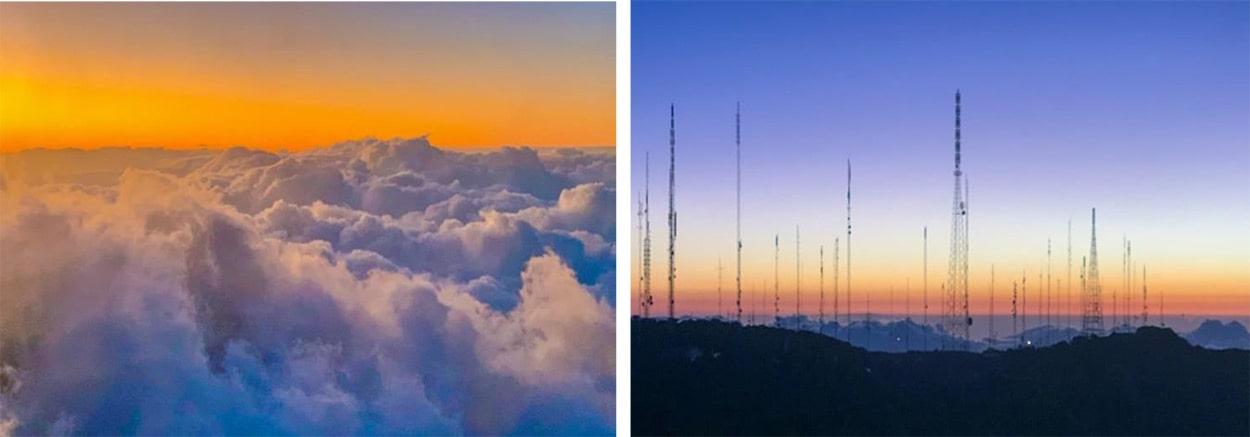
Figure 5: Twilight at the summit of the Irazú Volcano in Costa Rica
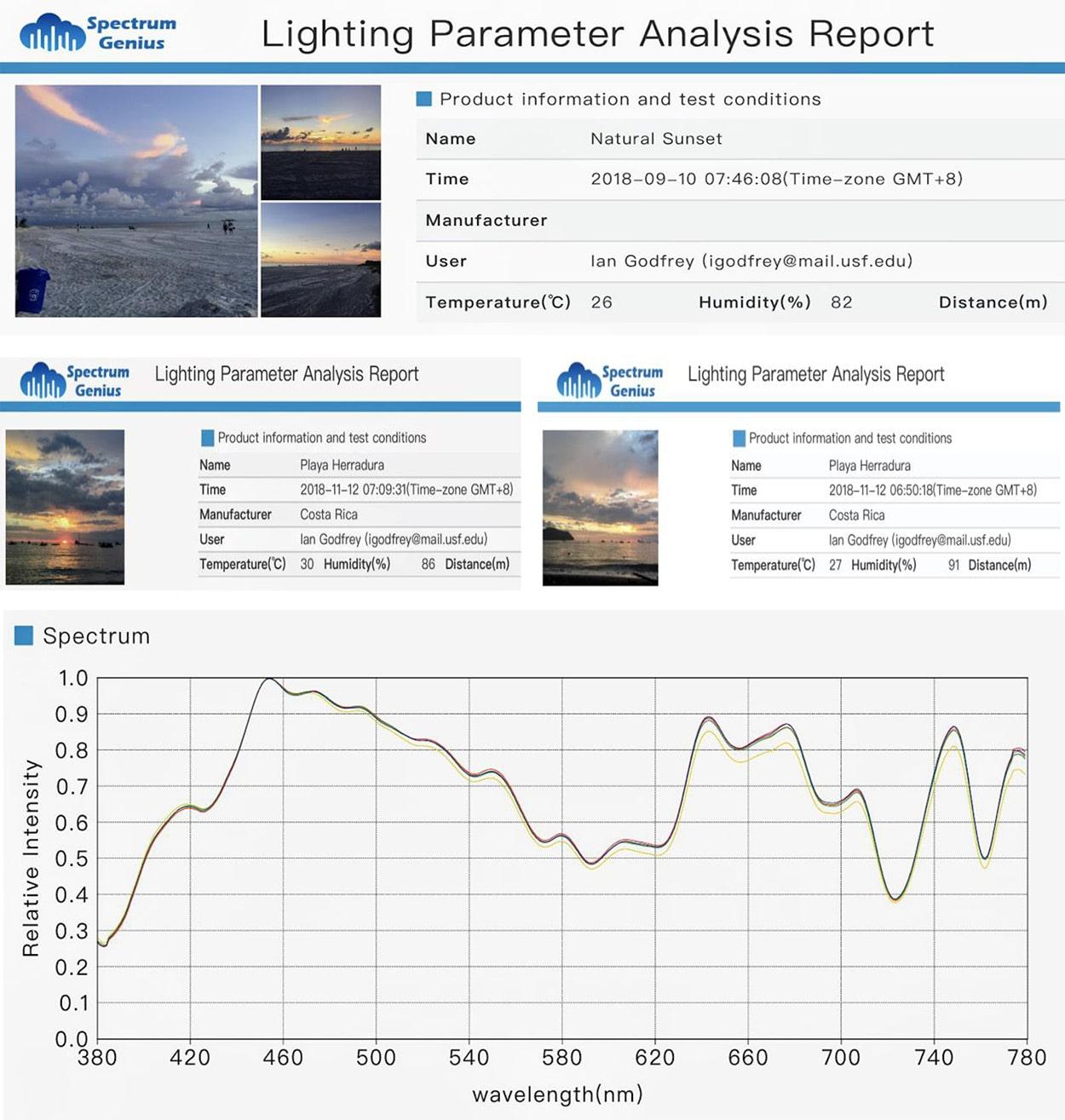
Figure 6: Twilight Spectra measured on the pacific shoreline of Costa Rica

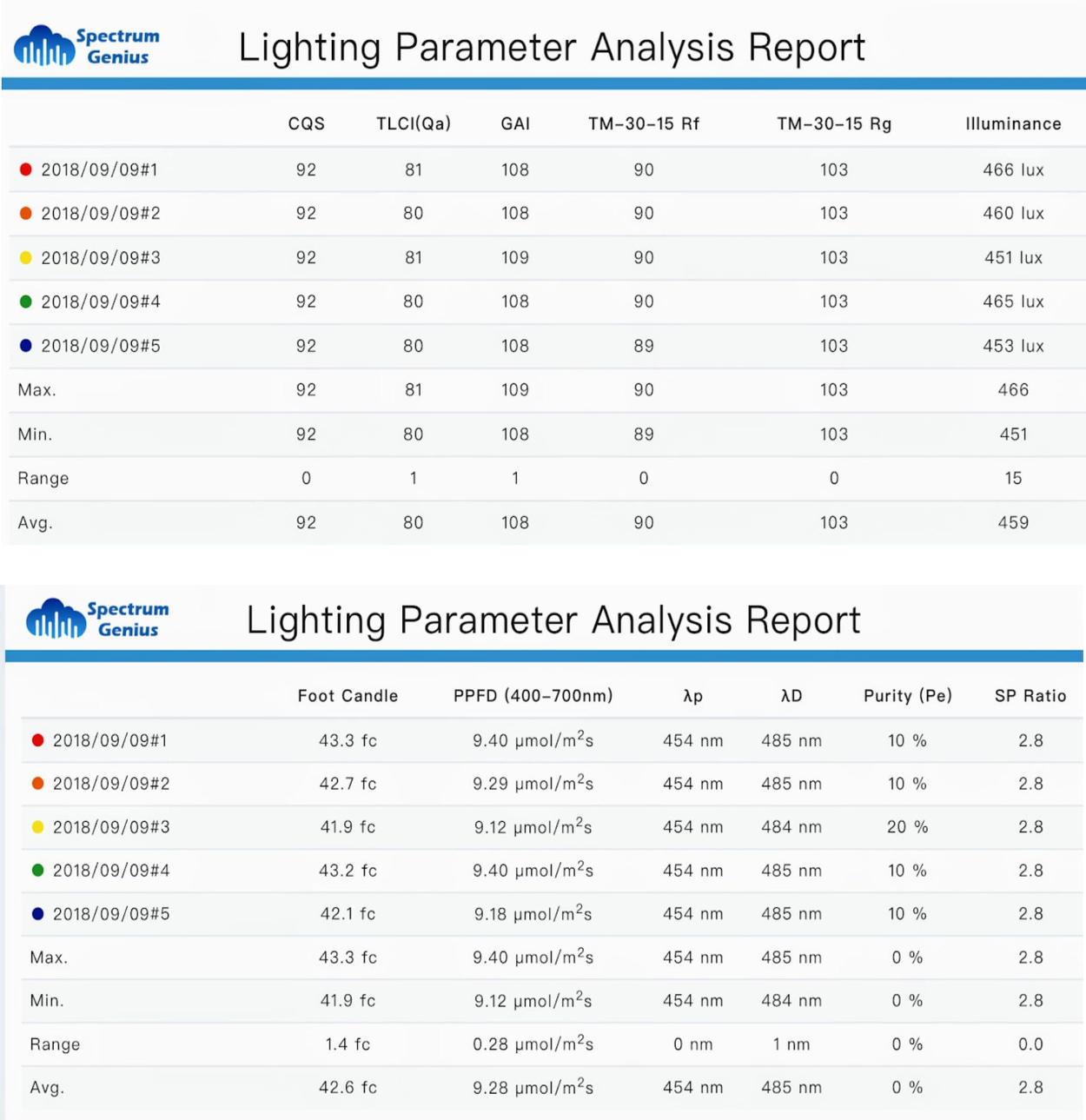


Figure 7: Sunset view from the International Space Station
The image above came from the International Space Station or ISS and shows twilight from an altitude of 211 nautical miles. Cloud tops reflect reddened sunlight filtered through Earth’s troposphere, the lowest layer of our planet’s atmosphere.
These are the official 3 categories of twilight which are outlined in the image below.

Figure 8: Twilight photographed from the International Space Station & The three official categories of twilight

Figure 9: The OVATION Aurora Forecast Model shows the intensity and location of the aurora provided by the National Oceanic and Atmospheric Administration or NOAA Space Weather Prediction Center
With recent advancements in unmanned aircraft systems or UAS technology companies like Powervision are now creating drones capable of flying in harsh conditions such as wind and snow. For example the Power Egg X can withstand up to 20 knots or 23 mph of wind speed making it a unique device which can be used to monitor and document these atmospheric phenomena. The Power Egg X is a drone that can assist with atmospheric and airspace research.

Figure 10: Aurora Borial photographed in Iceland

“The aurora is a luminous glow seen around the magnetic poles of the northern and southern hemispheres. The light is caused by collisions between electrically charged particles streaming out from the sun in the solar wind that enter Earth’s atmosphere and collide with molecules and atoms of gas, primarily oxygen and nitrogen.” The Earth’s magnetic field redirects much of the radiation to the poles where the photons then collide with the atmospheric molecules.
Light pollution; also referred to as the sky glow will not initially seem to be a urgent problem of today’s society, although it can be used to showcase how far humanity has distanced itself from nature. Light pollution can impact the health of an ecosystem!
Sky glow does have an effect on humans, animals and plants. Nocturnal wildlife such as owl populations is most significantly affected by light pollution. Sky glow can also be used to illustrate the amount of energy we are consuming. For example much of the USA is still using High Pressure Sodium lamps for street lighting even though much more energy efficient LED replacements have been developed.
The specialized industries of astronomy and astrophotography are some of the most disturbed over the complication of light pollution. Professional astronomical investigations are frequently complicated by the increasing light pollution.

Figure 12: Images of the Sun’s Corona the outermost layer
“Streams of charged particles that produce the aurora come from the corona, the outermost layer of the sun's atmosphere. The corona is exceedingly hot, measuring more than one million degrees. The high temperature causes hydrogen atoms to split into protons and electrons. The resulting gas of charged particles is called plasma, which is electrically conductive. The solar plasma is so hot that it breaks free of the sun's gravitational force and blows away from the surface in all directions. The movement of this plasma is called solar wind. The intensity of the solar wind and the magnetic field carried by it change constantly. When the solar wind blows stronger, we see more active and brighter aurora on Earth.”
https://eo.ucar.edu / basics / wx_1_b_1.html
https://www.sciencedaily.com / releases / 2007 / 11/ 071108135522.htm
https://www.space.com/ amp / 33242- spotting -night -sky -twilight -zones.html
https://www.gi.alaska.edu/ monitors/ aurora -forecast
https://www.swpc.noaa.gov / products / aurora-30-minute-forecast
https://www.costaricantimes.com / drone- does -research -on -costa -ricas -turrialba-volcano / 53328
1. How can the modern DEM technology used with UAV’s assist scientists and volcanologists researching active volcanoes?
2. Explain what DEM is and how it is being used today? What advancements might you wish to see in the future?
3. How can these new advancements help conservation efforts?
4. Can UAV technology assist with the task of public safety with in the park?